Teaching bending techniques
Client: Georgia Tech
Machine: The D.I.Wire Plus
Inspiring and
educating students
Vernelle A. A. Noel, Ph.D. is an architect, design researcher, and Assistant Professor whose work is situated at the intersection of craft practices and computation. An expert in the craft of wire-bending in Trinidad & Tobago, Vernelle uses the D.I.Wire Plus to inspire and educate students in her course at Georgia Tech entitled; Computation and Craft: Wire-bending Theory and Applications, spring 2019. In her course, students learn traditional and digital approaches to design, manufacturing, and assembly of wire-bending artifacts, and a pavilion at the architectural scale using wire-bending techniques.
Heavily involved with the techniques of wire bending she uses the D.I.Wire Plus to inspire and educate students in her Georgia Tech class. As someone who grew up in Trinidad, Vernelle understands the importance of wire bending. Students learn wire bending techniques through the design, manufacturing, and assembly of a functional Carnival pavilion.
How the D.I.Wire Plus was used
After learning traditional wire-bending techniques, students then had to use the D.I.Wire to aid in the design and fabrication of a wire-bent artifact. After learning different computational approaches to the craft, we proceeded to the architectural scale to construct a pavilion using wire-bending techniques. The D.I.Wire was used to design and manufacture wire-bent connections which were tectonic expressions integral to the pavilion. The main materials used included 1/8” diam galvanized wire, adhesive tape, fiber glass rods, and double-sided neoprene fabric. The main structure is made of fiber glass rods what are connected to create the structure using wire-bent connections. The bends were scripted using Wire Ware and tested several times to find the best design for manufacture with the D.I.Wire. The neoprene skin was installed after erection of the structure.
The learning process
Students are placed into teams focused on certain aspects of the pavilion: CAD assembly, frame, joint, and skin design along with pavilion construction. Material and accessories used for this project are nylon coated ⅛” and 1/16” steel and universal clips to create the joints. The D.I.Wire is used to create the horizontal and vertical wire frames. Students hardcoded their frame shapes through the script mode on WireWare. The code is altered and tweaked to create the perfect curved shape for the pavilion. Once the frame design team is finished with their code, the construction and joint teams piece together the pavilion. The clips are cut to the appropriate length to hold the assembly in place. Finally, the skin design team creates the pavilion exterior. Each panel is dyed with a different color pattern and wrapped around the frames of the pavilion.
The students’ learnings
In the end, the students develop an understanding of architectural design, manufacturing, and assembly techniques while also exploring wire bending applications through the use of the D.I.Wire Plus. Vernelle continues to be a happy user of the D.I.Wire Plus while completing her doctoral research in computational design. By the end of the class, students developed and demonstrated an understanding of traditional wire-bending techniques, digital fabrication techniques through wire-bending, and scripting using CAD/ CAM approaches with the D.I.Wire and Wire Ware. Vernelle continues to investigate wire-bending and be an avid user of the D.I.Wire Plus.
Learn more about Vernelle and her work on her website.




